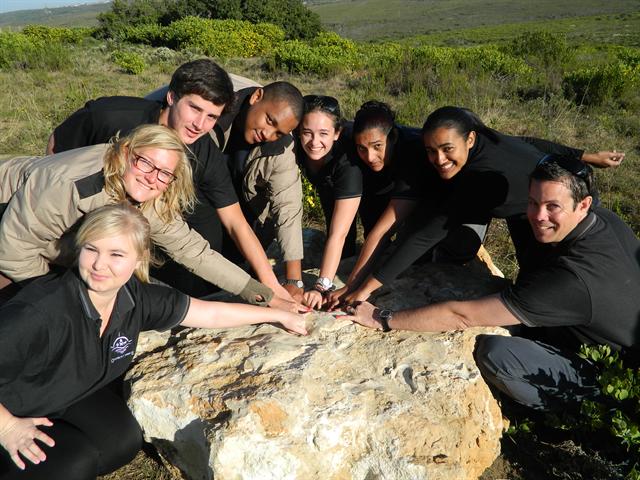All five of the world's species of rhinoceros have been brought to the edge of extinction because of human appetite for their distinctive horns, wrongly believed to have healing power.
A statement issued on the WWF (World Wildlife Fund) website, states that the number of rhinos slaughtered by poachers increased by more than 3 000% between 2007 and 2011.
According to the latest report by TRAFFIC, the wildlife trade monitoring network, the rising rhino poaching crisis in South Africa relates to a surging demand for horn in Vietnam. Vietnamese consumers mistakenly believe in rhino horn's detoxification properties as a hangover cure and general health tonic, notes the report. The horn is also consumed as a supposed cancer cure by terminally ill patients.
As recent as 3 August, a Chinese national has been sentenced by a South African court to eight years' imprisonment for illegal possession of rhino horns. According to his statement, he obtained the rhino horns so he could smuggle them to China for his cancer-stricken uncle.
Rhino horns are composed largely of the protein keratin, also the chief component in hair, fingernails and animal hooves. Unlike the horns of most animals, which have a bony core covered by a relatively thin layer of keratin, rhino horns are keratin all the way through. The precise chemical composition of the keratin will vary, depending on a rhino's diet and geographic location.
Locals take action
In the Mossel Bay area alone, two rhinos have been poached in separate incidents this year.
According to the latest DEA statistics released, noting 192 arrests made in connection with rhino poaching, none are listed for the Western Cape.
The Oyster Bay Reserve, in partnership with Mossel Bay Environmental Partnerships (MEP), will be hosting an anti-rhino poaching awareness project, spearheaded by Kelly-Jane Peo, an OBR student intern.
"The concept idea is to inform the public of the senselessness of these mindless killings," says Peo.
"Furthermore, the aim is to get concerned residents to sign a petition in support of banning these abominable activities and to request local intervention in rhino patrolling by government."
As a sign of solidarity, everyone willing to sign the petition will be asked to 'Paint a Pinky' with red nail polish as a sign of support for this cause.
"Painting a finger nail shows the ironic link between nails and rhino horn, both made of the protein Keratin and not some unique product," Peo continued.
The Paint a Pinky project is set to be rolled out on Friday, 21 September at various shopping malls and schools in the area.
Thus far, the Langeberg Mall has been confirmed as one of the public awareness platforms where petition forms can be signed and nails painted.
How to get involved
"Oyster Bay Reserve and MEP are mainly focused on educating and creating awareness, but the more people who can be drawn into this project, the better," says Peo.
"This project is intended to make the 'by word of mouth' education awareness campaign far more effective. Local conservation bodies will also be requested and motivated to join this campaign." Anyone wanting to contribute towards this initiative with regards to offering a public awareness platform in and around Mossel Bay, donate nail polish, sponsor a T-shirt or help promote the Paint a Pinky project in any way, can contact the OBR office at 044 693 3164 or send email to
manager@oysterbayreserve.co.za. "The Paint a Pinky project, could spread to hundreds of people and spread the awareness in ways that that we might not even imagine. The best part of this initiative is that we can collectively get together on something that we all feel so strongly about. By education, you can definitely make a difference," Peo concludes.

The OBR team is calling on all locals to participate in the awareness campaign against rhino poaching. From left: Michelle Middendorp, Ciska van Pienbroek, Ayrton Pelser, Elmar Borchards, Kelly-Jane Peo, Amber-Kay Witbooi, Kay Prinsloo and Aiden Beck.
ARTICLE: CORNELLE CARSTENS, MOSSEL BAY ADVERTISER JOURNALIST















